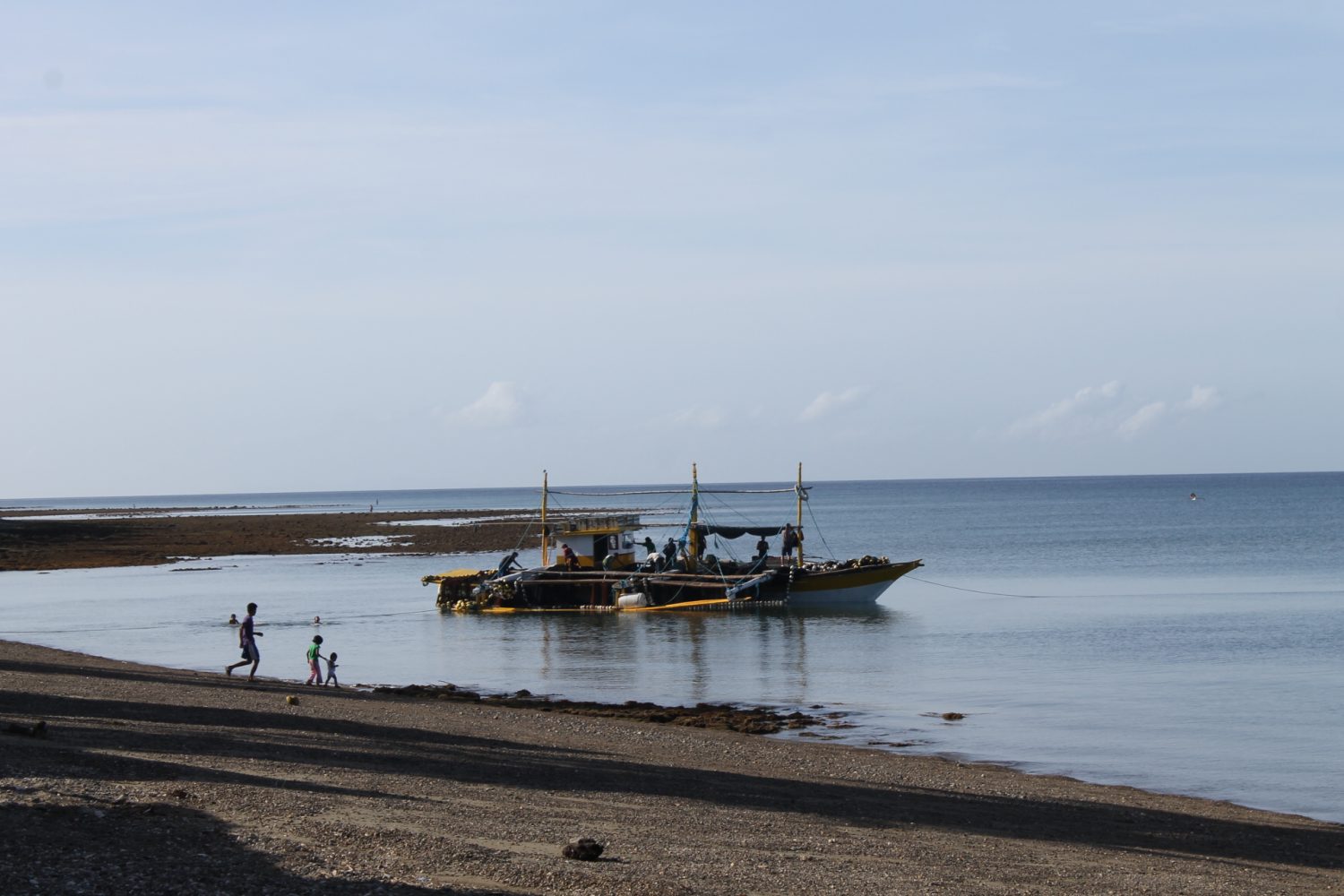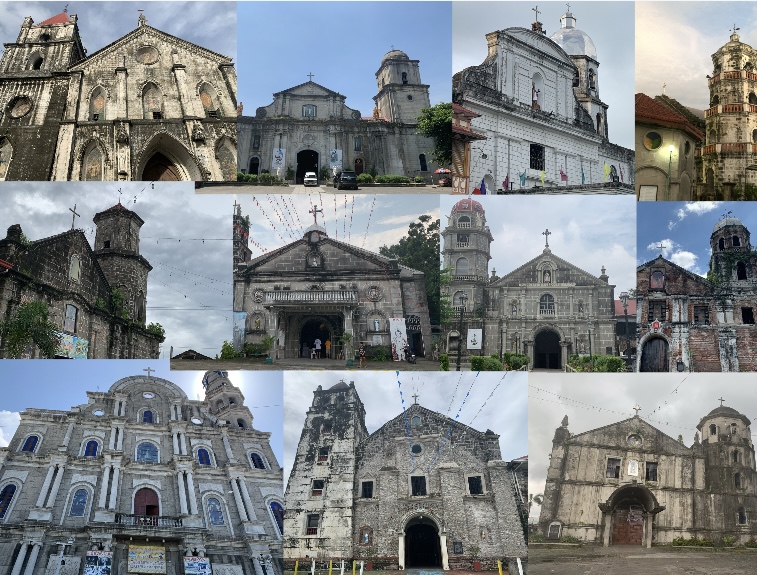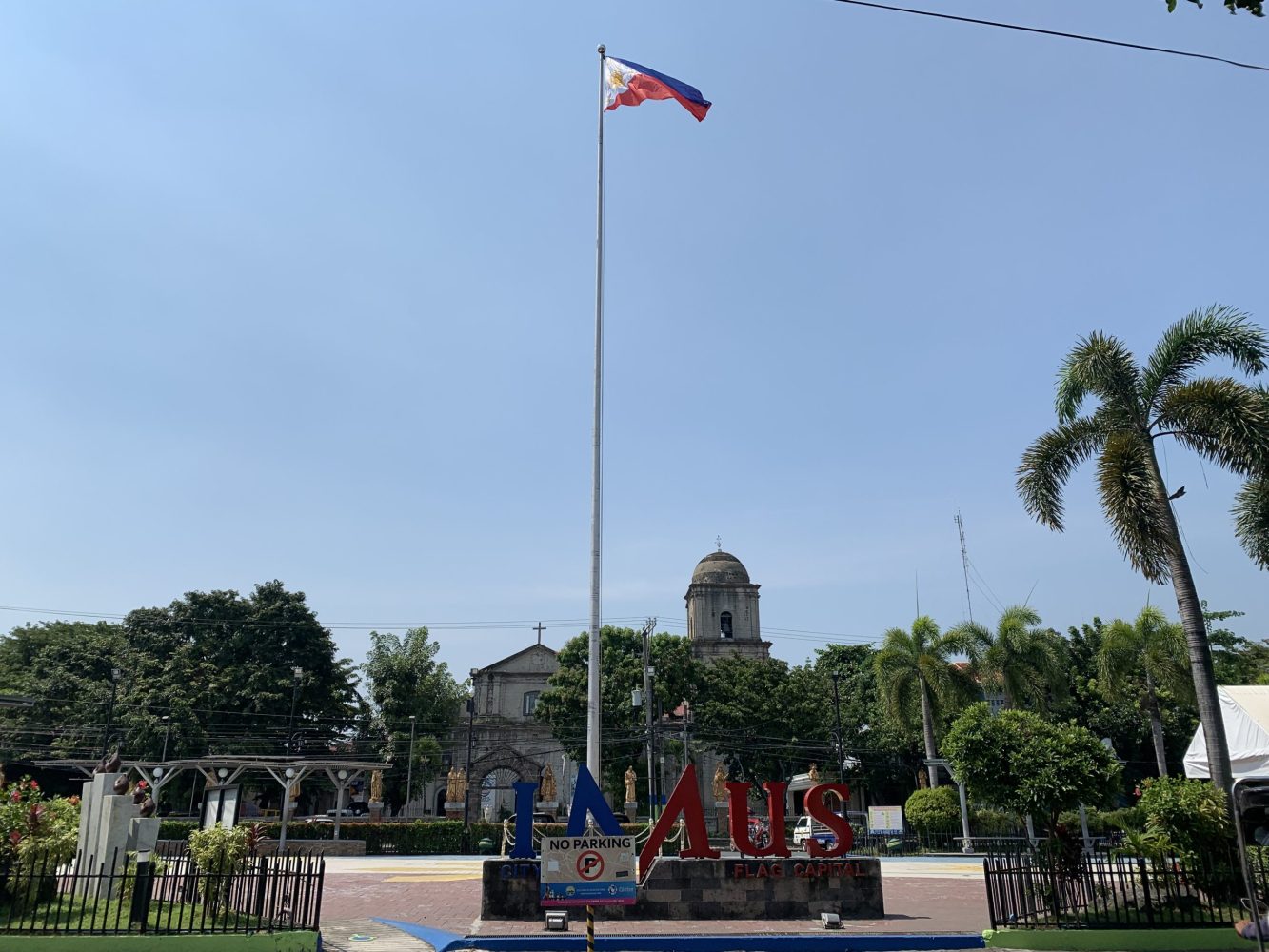From the Heart of the Philippines, Marinduque
Patricia Aira Sales in Travel
Jun 09, 2020 • 4 min Read
Located south of Luzon is the island of Marinduque, an island away from the bustling noise and blinding lights of the city. The heart-shaped island is home to about 230,000 locals while also offering a home away from home for tourists. Its pristine beaches and rich forests gives its inhabitants both a place of relaxation and a source of living.
The province’s locals rely on fresh produce both from the sea and the mountains. Bounded by bodies of water to its north and south, the waters of Marinduque serves as one of the inhabitants’ main source of livelihood. Some choose to go to the mountains and plant various root crops, vegetables and fruits. These plants later end up either in the market or in their dining tables.
The eight to ten-hour travel time from Metro Manila to Marinduque is worth the wait as the province offers a deep-rooted and diverse culture. Some of the province’s cultural practices are now quite famous, especially those done during the lent season but some still need to have the spotlight shone on them.
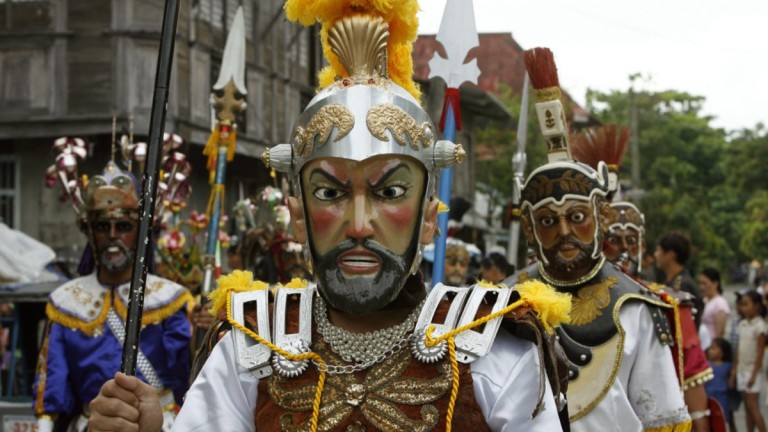
LENT SEASON
Marinduque is famous for its Moriones Festival which is held every lenten season. The colorful event paved the way for Marinduque to be hailed as the Lent Capital of the Philippines. During this festival, various religious practices are held and some of these are distinct in the island. One of its six towns, Gasan, holds tawak drinking during Black Friday and the first Friday of August. Tawak is a drink made of gin and different herbal plants with elders saying the drink comes with prayers uttered on it. It is believed that tawak gives the body strength to fight off diseases caused by animals bites such as dogs and snakes.
During the Moriones Festival, some devouts also practice penintensya in various forms. One of the famous forms of penintensya is bulating. The term bulating is more famous in the province’s capital, Boac, where people, mostly women, cover their bodies with mud and put on leaves and vines of the plant pupua on their heads and join the procession barefooted. The wearing of the pupua covers the wearer’s front view and is only limited to seeing their barefoot. The practice of covering the body with mud is believed to signify the cleansing of the body from sins.
Not a lot of people may have heard of the practice of ditso, but it is quite famous in the town of Gasan, particularly in the church of Iglesia Filipina Independiente. Ditso is when young boys hold a pole with different items on top of it signifying different stories during the time Jesus Christ carried the cross. Stories of these items are then sung by the young boys. According to mangdiditso Joel Sales, ditso originated in Banot, Gasan and up to this day, the barangay continues the practice during lenten season.

Putong
When notable persons arrive in the island, a special welcoming ceremony is held for them called putong. Women dressed in baro’t saya dance and sing to the visitor who is seated at the center of the putong group while two children stand beside the visitor holding candles, as if to light their way during their stay in the province. Later in the putong, the visitor will be crowned with a crown made from nito. However, the practice is not limited to visitors as birthday celebrants are also often offered putong.
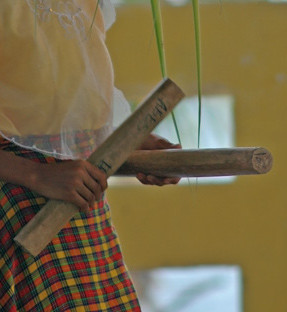
Kalutang
Kalutang playing is famous in the town of Gasan as well. It involves a pair of identical sticks from the kwatingan tree which only grows in Marinduque. These pair of sticks, when struck against each other, produce distinct melodies that is often compared to the sound made by castanets.

Luzon Datum of 1911
To many, Marinduque is known as the heart of the Philippines for its shape, but not most people are aware that the province is the geodetic center of the country. The Luzon Datum of 1911 or the Station Balanacan is a stone marker located in Mogpog, Marinduque. The stone marker serves as the origin of all geological surveys in the Philippines and that means all maps and surveys made in the country use Luzon Datum as reference point. Station Balanacan has also been officially recognized by the country’s central mapping agency, the National Mapping and Resource Information Authority, despite arguments that it should be in Romblon.
These are just some of what Marinduque has to offer. Many are still unknown to the greater public but the province is always open to tourists wanting to know more about the island. Its beaches and forests may be the eye-catching feature of Marinduque but once people experience the province, they’ll know that it is more than that. Marinduque’s rich history and diverse culture will have visitors wanting for more.

